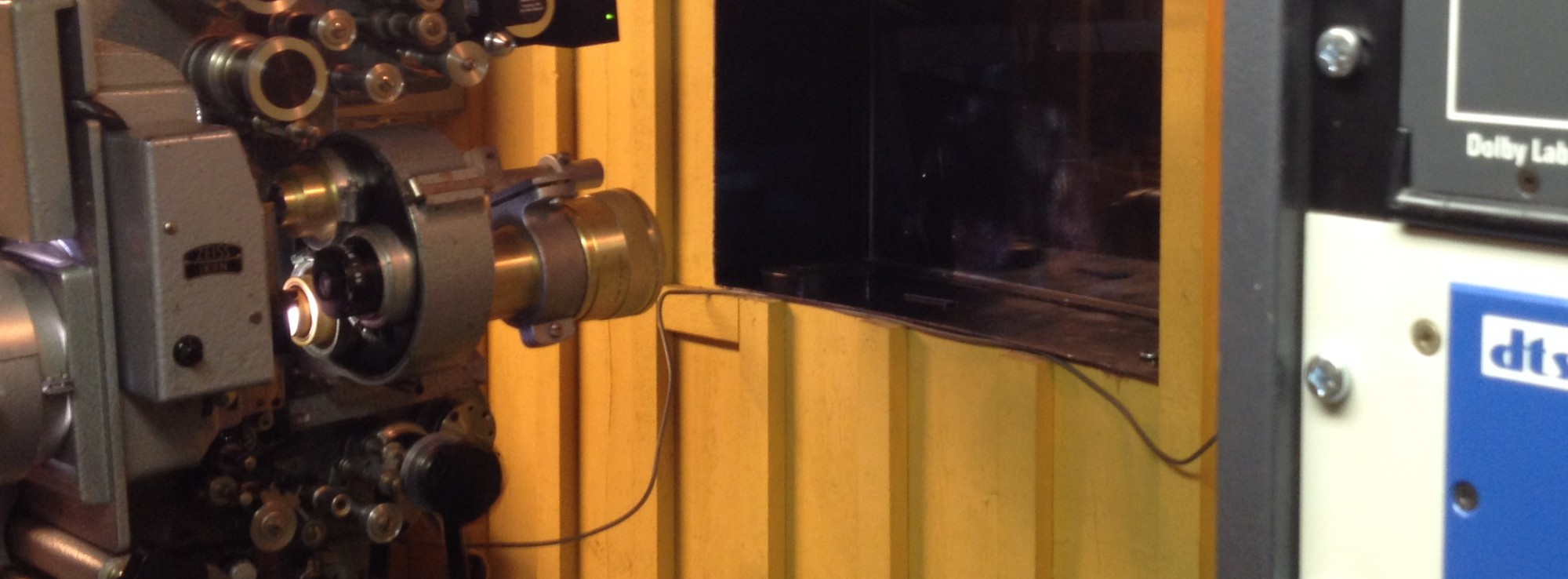As most Intel video card users on Linux will know, the Xorg drivers have regressed significantly during the last year or so. From a reasonably stable driver with (mostly) expected performance and functionality, we’ve become accustomed to, well, a mess. For every bug fix, something new seems to break and I for one have become increasingly reluctant to upgrade unless I have to.
This time I really had to.
The new driver does seem to take care of the disappearing mouse pointer bug where any resolution higher than 1024×768 would make the pointer vanish. I had hopes it would also be able to recognise the correct resolution for my laptop when it is docked to an external screen (which the stable driver does without a problem) but no such luck.
Performance is still slow, too. The extra bells and whistles on KDE 4.3 just aren’t possible if you want a desktop you can work with. I don’t think they are that heavy on the system, it’s just that the Intel driver sucks.
Still, for the first time in months, the new driver means an actual improvement.
